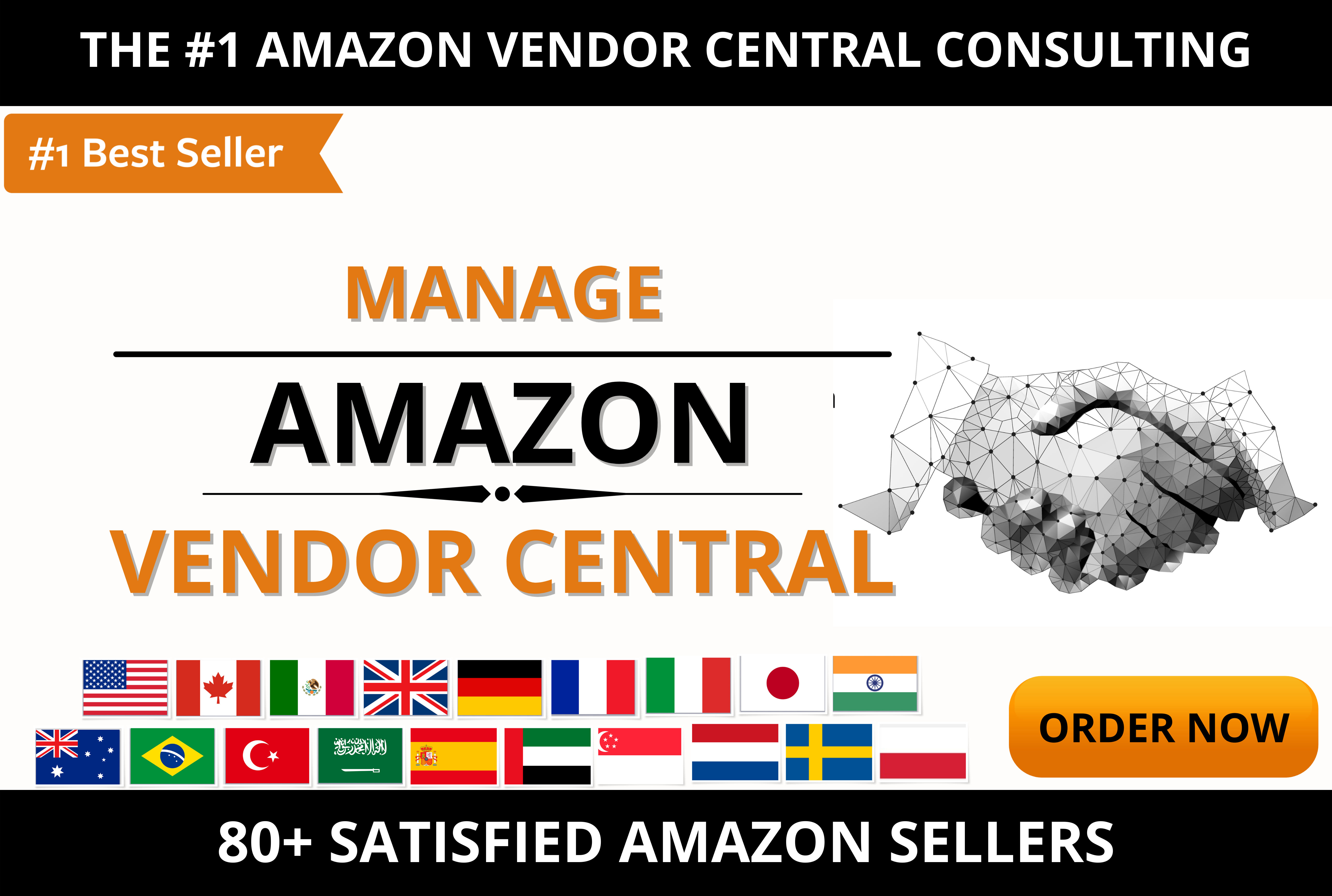
Amazon fulfillment centers focus on one thing, delivering customers orders on time. In order to do this, the company divides its shipments. This allows the company to make better use of its facilities and reduce warehouse rental costs.
Amazon has 185 fulfillment centers worldwide, including a number of locations in the United States. Typically, these centers store millions of items. One fulfillment center can employ anywhere from 100 to 600 people. They have five main tasks. They are responsible storing, packing, shipping, unpacking, and monitoring the fulfillment process.

Amazon has also partnered the United States Postal Service to deliver packages Sundays at a reduced price than other national couriers. Recent reports have revealed overwork in Amazon's fulfillment centres and poor facilities.
Amazon fulfillment centers store thousands of products. Items are stored randomly in yellow stacking baskets. Computers track the items. The items are scanned and placed in boxes with shipping labels. These boxes can be shipped to other fulfillment centres.
Amazon has also created a network for regional sortation centers to help with organizing incoming packages. These centers are located near major ports. The products are sorted by zip code. The packages are then shipped to a local Amazon delivery station or USPS post office. Some of these packages are then transferred to an air gateway sortation center, which loads packages onto cargo planes late at night.
Amazon also has an "inbound cross dock network", also known by redistribution centers. This is a network that receives products from vendors. These facilities are similar to import distribution centres, but they store the products until the fulfillment centre needs them. These facilities, known as the inbound crossing dock network, are close to major ports. This reduces ground transportation significantly.

In the United States, Amazon operates a network of 110 fulfillment centers. The company does not publish addresses of its fulfillment centers, but they do list their square footage. These facilities can stock a wide range products, including Amazon’s own private-label labels and items sold through third parties. It also has specialty sites that service specialty products such as frozen food and apparel. The company also has a Pantry facility to service dry grocery merchandise.
Amazon also operates a network of air gateway sortation centers, which are located near major airports. These centers receive packages from nearby fulfillment centers and load them onto cargo planes. The company also owns delivery stations in India, Singapore, and Japan.
Amazon is constantly fine-tuning its distribution process, so its customers can expect fast, efficient delivery of items. The company has since created more that 300,000 jobs in full-time positions around the globe. Amazon's fulfillment centers are also crucial for FBA sellers, who use Amazon's facilities to store their products.
FAQ
Do I really need my credit card number to shop online?
You don't have to register for your credit card. If you are interested in receiving special offers and discounts, however, it may be worthwhile to register your card. It's a good idea that you verify your identity to your bank.
Does it make sense to ask for discounts on shopping?
You should always attempt to negotiate a cheaper price for your items. It is not rude to ask them if there are any discounts codes. If you do this politely, then they may offer you a deal. This could save you money in the end.
What are the advantages and disadvantages of online shopping?
Online shopping is a great way to save money for both the consumer and the retailer. Online shopping has many advantages. It allows consumers to shop at their own pace. You don't even have to go to stores to look at the products. There are also disadvantages. Online shoppers may not always know how much an item will cost until they make a purchase. This could result in them spending more than they should. A disadvantage to this is that customers might feel safer shopping at big-box stores since they are more familiar with the products in person. In addition, if a customer buys something online and then decides not to keep it, he or she won't have a physical copy to return. Additionally, brick-and mortar stores may be under pressure from online shopping because they could lose business to online rivals.
Are there any free shipping options for orders above $25?
Most major websites let you order items without shipping charges. Some sites offer free shipping on select items. You must spend at least $25 to qualify for free shipping. Many websites automatically apply free shipping to all of your orders. Some websites will require that you enter the code "SHIPFREE” during checkout.
Do debit cards work well when you shop online?
It all depends on the item you're buying and how much you have. You should consider a debit or credit card if there are no extra fees associated with using your credit card.
If you do not have enough cash to make a purchase, then a debit card may be best because you won't incur any additional charges.
A debit card allows you to withdraw money from an ATM machine without incurring interest or other charges.
You can also buy items such as groceries and petrol at ATMs which makes them very convenient.
Statistics
- An approximately 90% increase in price affords Hotel X the opportunity of extreme profits under severe circumstances. (dos.ny.gov)
- The tax is automatically added once you click the checkout button, so factor in an additional 20% when looking at the product page. (makeuseof.com)
- Your Online Purchases 79% of Americans purchased goods and services online in 2018, which is expected to exceed 90% in 2023. (meetfabric.com)
- Beyond that, you'll be liable for a 25% import tax. (makeuseof.com)
External Links
How To
How to shop safely online
Online shopping is one of the most convenient ways to buy goods and services. However, this convenience comes at a price. Although there are many benefits to shopping online, there are also potential risks. The biggest risk is identity theft. Identity theft is the greatest threat. Identity thieves steal your personal information (names, addresses and credit card numbers) in order to either steal money from you, or take out fraudulent loan against your name. They will then sell your stolen information to the black market. These tips will help you to be safe while conducting business online.
-
Secure websites. SSL encryption is offered free of charge by many online stores to protect customers’ information. Any information entered on the site, including names and addresses, phone numbers, credit card details, and so forth, is encrypted. It makes it impossible for anyone to read what you input. Check that the certificate has been issued by a recognized CA before you decide which online store you want to do business. Look for the green padlock icon next to the URL bar when browsing.
-
Never give your password away. When you sign up to a new account, an email will usually ask you to confirm your email address or username. This information should never be given to anyone. Also, don't write them down anywhere because if someone steals your wallet, they could access your accounts too! Save them on your computer instead. A good rule of thumb is to change your passwords once every three years.
-
Keep track and keep track of your orders. If you're sending items to yourself or others, make sure you keep track of where you send those packages. Many people get scammed because they think they sent something to themselves, but it was actually sent somewhere else. Before paying for shipping, make sure you verify the tracking number. Never ship anything without seeing proof of delivery. If you're unhappy with the service received, please contact the company immediately.
-
It is important to know who you are dealing. Many websites will require sensitive information from you, such as your name, date of death, Social Insurance Number, and bank routing numbers. These details are used to identify you. Google "what's the need?" to determine if a website has this information. There are many ways to find answers.
-
Pop-up windows can be annoying. Many websites will bombard you daily with pop-ups offering special offers, discounts, and other products. Although some of these advertisements may appear legitimate, others are intended to trick you into disclosing your private information. For example, a fake anti-virus program could ask for your banking information, credit card numbers, and social security number. To avoid being tricked, don't click any suspicious links.
-
Beware of phishing scams. Phishing scams are where hackers pretend to be reputable companies in order to trick customers into giving their financial information. Phishers will often send emails that appear to come from banks and retailers encouraging customers to log into their accounts and update any information. Once your financial information has been given, hackers can take control of your finances. Hackers have the ability to empty your bank accounts or transfer money between accounts. You have many options for identifying a scam email, including How to Spot Phishing Scams.
-
Do your homework. Make sure you read the fine print before agreeing to a deal. The terms and condition of any contract you sign must be easy to comprehend. Take the time to review all terms and conditions carefully. It's important to avoid hidden fees and charges when trying to save money.
-
You can shop around. Shop around. Compare prices from different websites until you find a good deal. When ordering multiple items, you can also compare shipping costs. Shipping costs vary depending on the website you use. For fast shipping, it's worth paying an extra.